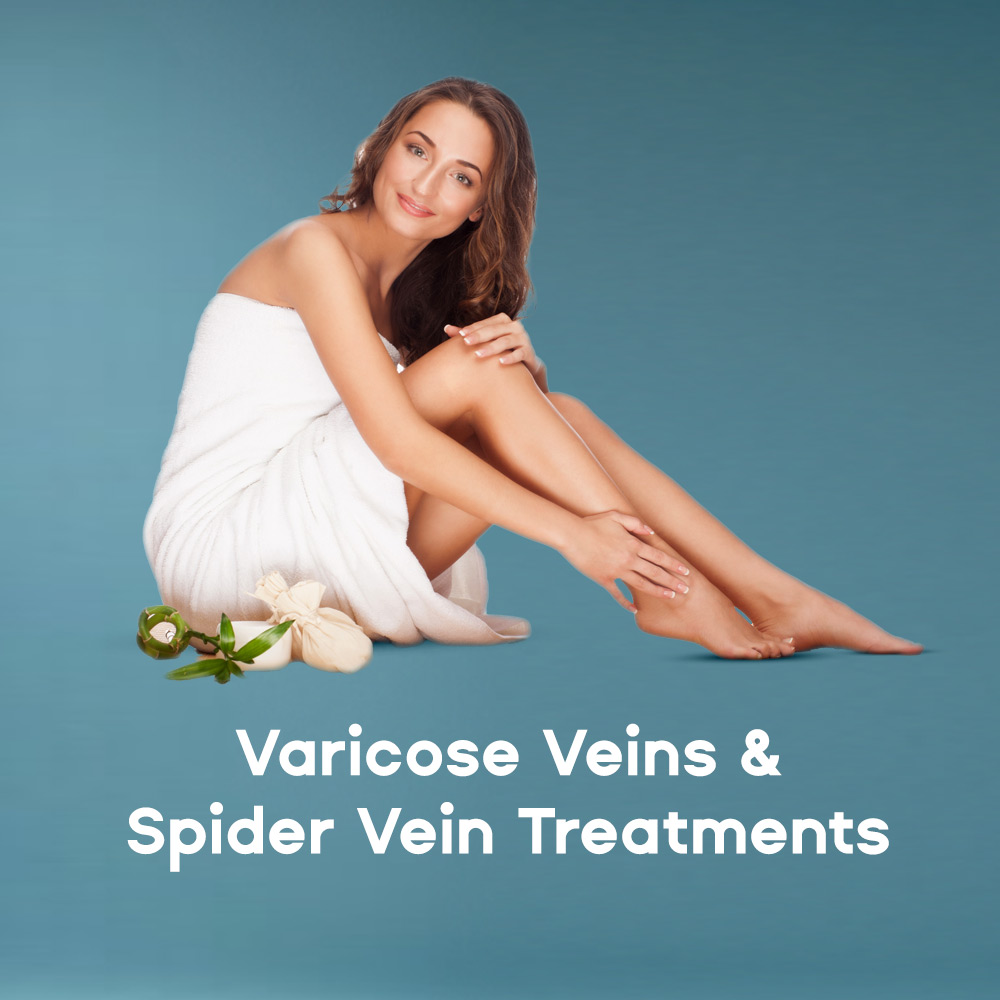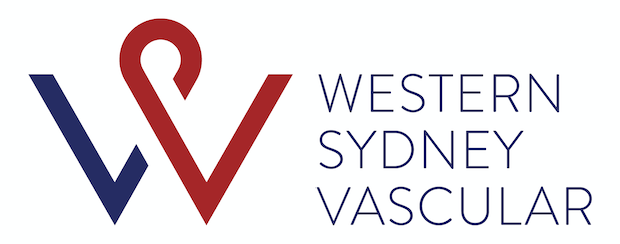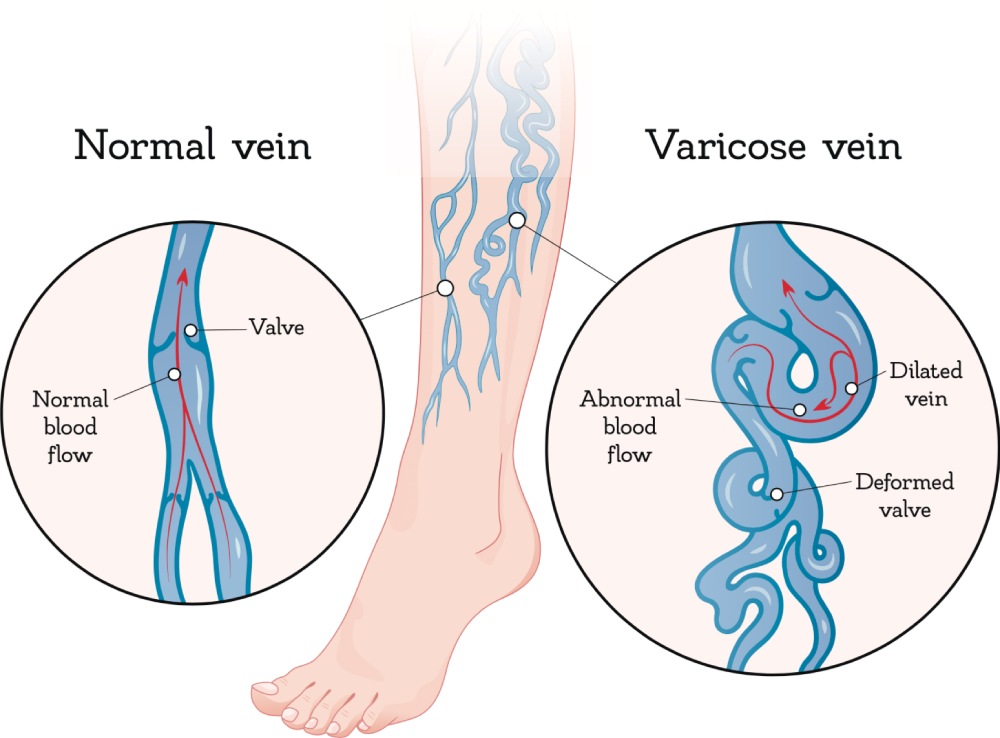Varicose Veins


What are varicose veins?
Varicose veins are often benign and frequently symptomless.
However larger veins can sometimes indicate underlying circulatory issues.
Rarely, serious complications of varicose veins include blood clots, veins that burst and leg ulcers.
The chance of developing varicose veins increase with age, while genetics, obesity and sitting or standing for long periods of time are other risk factors.
Varicose veins are also significantly more common in women.
Pregnancy also increases the risk of varicose veins. As blood flow increases to the developing uterus, this extra blood volume can also contribute to bulging veins.
What are the symptoms of varicose veins?
For many people, there are no symptoms at all and veins are simply a cosmetic nuisance, especially with the smaller, spider veins.
However, sometimes veins can be troublesome and painful with symptoms including:
- Heaviness in the legs
- Itching near the veins
- Cramping and swelling in the lower legs
- Pain after long periods of sitting or standing
- Veins that appear knotted and twisted
- Burning and throbbing sensation in the legs
- Hardening of the veins, changes in the colour of the vein, inflammation of the skin or near leg ulcers of the ankle which require prompt medical review
What are the treatments for varicose veins?
There is no absolute prevention for veins, however maintaining a healthy weight, exercising, elevating legs, compression stockings, changing from sitting to standing position regularly and avoiding high heels (women) may help.
Most veins that develop in pregnancy will typically resolve within 12 months without surgical intervention.
Surgical treatments include sclerotherapy, where a small or medium-sized vein is injected with a special solution that closes the veins and generally causes the veins to gradually fade within a few weeks.
Other surgical interventions are generally done as day procedures in hospital and include vein stripping (tying off a vein before it joins another vein) and then removing the offending vein through tiny incisions.
Other treatments include laser therapy that destroys and seal veins or phlebectomy, a day procedure that is minimally invasive and uses a small scalpel to remove varicose veins that are very close to the skin surface of the leg.
In more advanced cases vein stenting may be undertaken.

